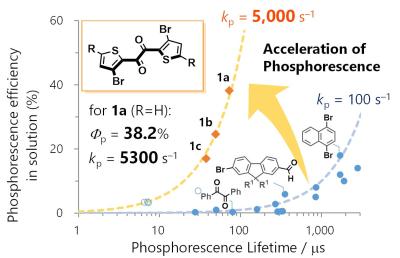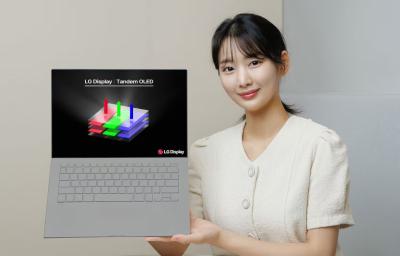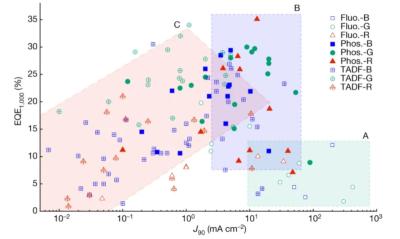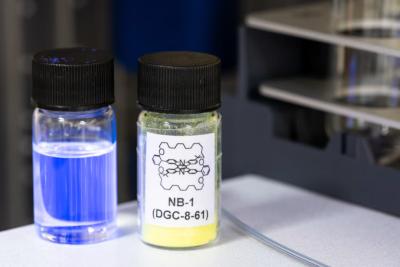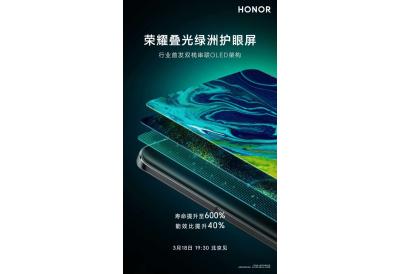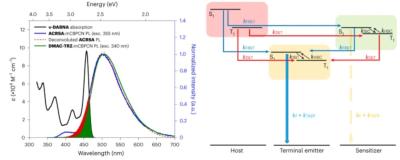Researchers find a new organic molecule with extremely fast phosphorescence, possibly enabling high efficiency OLED emission
Researchers from Osaka University have found that thienyl diketone, a new organic molecule, shows high-efficiency phosphorescence, and one that is more than ten times faster than traditional organic phosphorescence materials. Such a material could hold promise for highly-efficient phosphorescence emission without the use of heavy metals.
The researchers explain that phosphorescence occurs when a molecule transitions from a high-energy state to a low-energy state, and it often competes with non-radiative processes (i.e. heat generation instead of light). This competition with the non-radiative process leads to slow phosphorescence and lower efficiency. This is solved by adding heavy metal into the emitter - but this new breakthrough achieves fast emission without the heavy metal.
